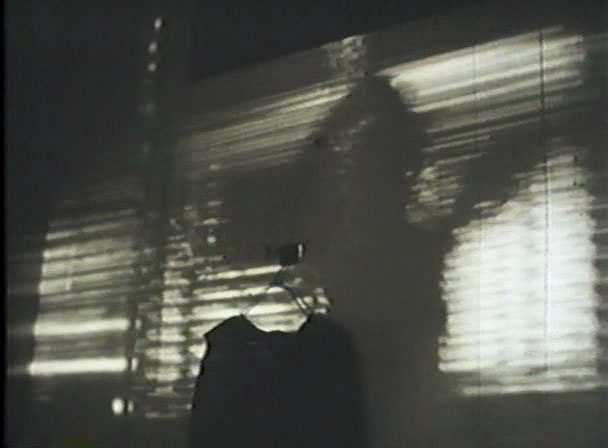Knew I should watch this but kept putting it off because I don’t need new ways to get depressed. Then I read this new Verso article and gave it a shot. Opens with a bang, the title slowly fading to black over a few minutes while Mica Levi’s crazymaking score drones and detunes.

The atmosphere (soldiers and smokestacks, constant half-heard sounds of horror) doesn’t get to anyone except Mrs. Hoss’s mom – in fact, Mrs. Hoss (Sandra Hüller) likes the house more than she likes her husband (Christian Friedel, star of Amour Fou and The White Ribbon), and when he’s transferred she doesn’t come along (“I’ll miss you, of course”).
Mr. Hoss’s new post:

Jake Romm in Verso:
The film is radically uninterested in its human subjects, which is part of why the constant critical invocations of Arendt’s banality of evil misses the mark. Höss, as many have pointed out, was not merely a “company man,” he was a committed Nazi — an early adopter, even — and a man who pursued his work with singular acumen. He is not a man who speaks or thinks only in cliché, who has subordinated his will or capacity for thought to the party. He is portrayed, rather, as a man with a unique genius and fervor for extermination, a quiet egomaniac with an investment in his work for reasons of personal satisfaction as well as professional and ideological reasons. But most of all, according to a letter of recommendation in the film, “He is a model settler farmer, and an exemplary German pioneer of the East”.
…
It is the Höss’s ownership of this nature, and the perversions of character such a nature produces, that are the subject of the film. Glazer’s formal choice to shoot the “action” by way of unobtrusive fixed cameras and microphones highlights the film’s impersonality. Characters move freely about the open spaces, filmed in wide angles as much to highlight the unimportance of the spaces’ human inhabitants as to give detail to the spaces themselves. We watch as if on a surveillance tape, an association that is almost literalized in the black and white night-vision interludes, in which a Polish servant furtively places apples in the dirt for Jewish slaves to find. Special equipment is required to film this act of solidarity and kindness: it is the negative image of the world, one which cannot be seen in the normal light of day.

A.A. Dowd killed it in his Vulture article about the movie’s ending.
The Zone of Interest presents Höss as a decidedly bureaucratic monster: the mass murderer as wormy careerist who sees the Holocaust — this unfathomable evil he’s directly committing — as a mere professional accomplishment … And so maybe what he’s seeing at the end of the hall is a future where no one appreciates what he’s done — not the technological ingenuity of his murders, not how efficiently the camp operated under his leadership. It’s his victims that people will come to Auschwitz to honor. He is a footnote on history, remembered as a mere cog of the death machine, if he’s remembered at all.

[Zone proves] his peerless control of the medium on the one hand while lacking most of the extra layers and spiraling messiness that made his previous works so rich. Although Glazer’s conceptual approach to depicting the Holocaust is typically astute, whereby the unrepresentable is kept strictly to the domain of the offscreen space, even the smartest of strategies begins to wear thin when applied largely without variation or development.
Train arriving just out of sight:

The story turns into one we know. Daddy is promoted and the family will have to move out of their dream house, spoiling their happy life. This is the same plot as Vincente Minnelli’s Judy Garland musical Meet Me in St. Louis, filmed in Hollywood and released in American theaters during the exact same time frame in which The Zone of Interest takes place — 1943 and 1944.






























